Water is an easy and fun way to get started in abstract nature photography. In this post I’ll show you some techniques to try and explore on your own so you can start creating abstract photos.
There are a ton of different things that can be done with water but the first thing that always comes to mind when I think of abstract water photography is reflections.
Working with reflections might be simple, and it might be difficult. It all depends on your goals and your subject. If you want to get started with a simpler shot try photographing some reflections of whatever happens to be standing around water such as trees.
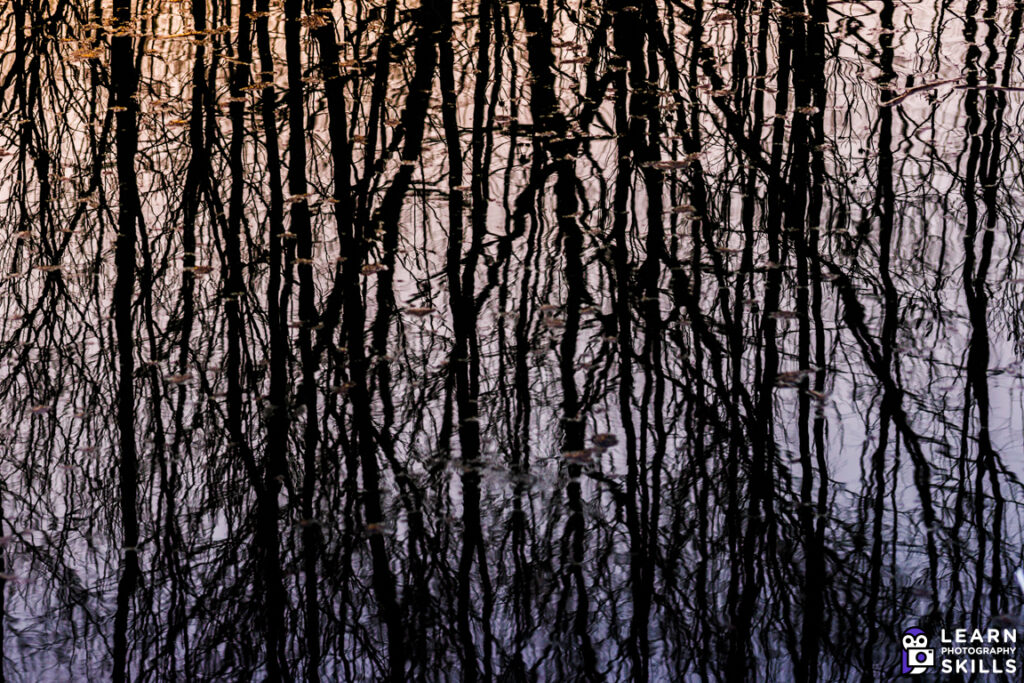
Reflections can make boring photos of trees into something a little more interesting to look at. My opinion is that abstract photos don’t have to be totally unrecognizable. In this case it’s pretty easy to determine that these are trees standing by the side of a pond in a park, but it’s still somewhat confusing because of the interactions of colors, shapes and even focus.
Water is also great because it can be manipulated. What if you want something even more abstract? If you can find something a rock or stick sitting on the ground try heaving it into the water near where you want to take a picture then you can photograph the resulting ripples and their effect on the image.
I did just that for the image below:
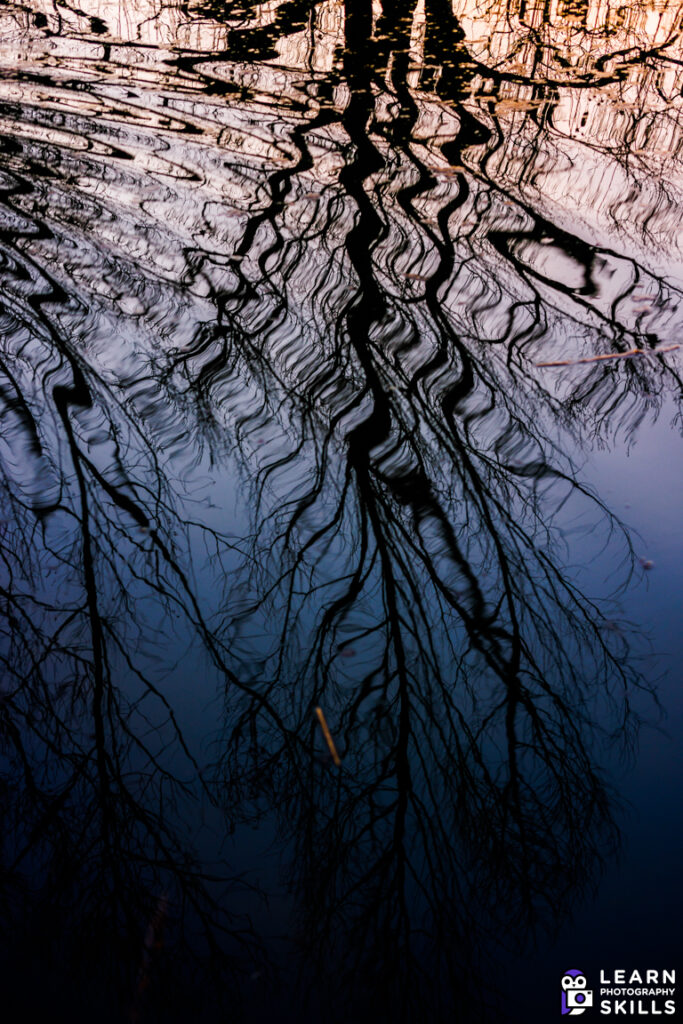
The larger ripples provide a lot more distortion which adds even more visual interest. This photo was taken at sunset which is why there’s such a strong color shift from orange to blue from top to bottom. The inversion of the trees and the sky provide an interesting visual twist that the brain has to decode.
Another thing to try when doing these types of photos is playing with your focus point. There are two points you can focus on, either focus on the reflection, or focus on the water. You might have to use manual focus to shift your focus point but doing so can create different effects and give the photos a surreal quality.
Water has about as many possibilities for photos as the photographer can possibly imagine. One particularly interesting one is working with water’s movement. Moving water can form all kinds of abstract patterns.
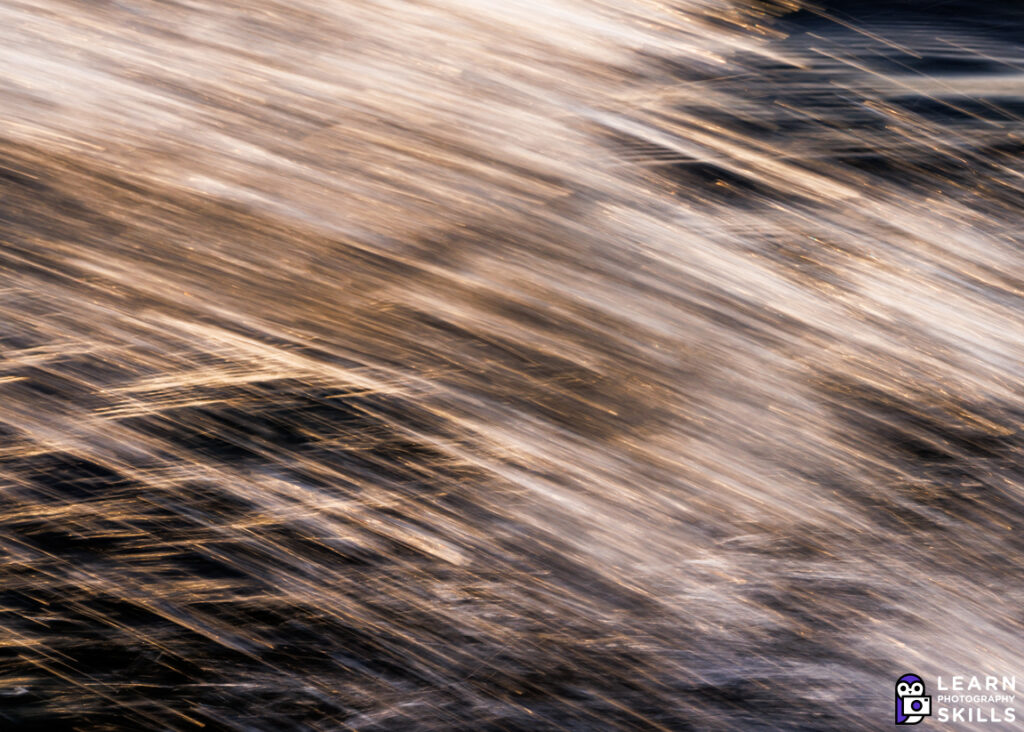
Water naturally forms different patterns, and the way it looks can be much different when viewed through the camera compared to the eye. With a slow shutter water may look one way, but with a fast shutter it will look completely different.
Adjusting camera settings, particularly shutter speed can make all the difference when taking photos of water. Messing around with the aperture can also drastically change how photos look due to the distances of reflected items. Remember that anything that reflects in the water will be seen by the lens as the actual distance it is from your camera, not from the surface of the water. If you want your reflected object to be sharp it might require either focusing directly on the reflection or using a small aperture to get the surface of the water and the reflection in focus. It might require a lot of experimentation to fully understand and get right. Using your lens in manual focus mode can be helpful because most camera’s will have trouble distinguishing between the water’s actual surface and the reflections appearing on that surface.
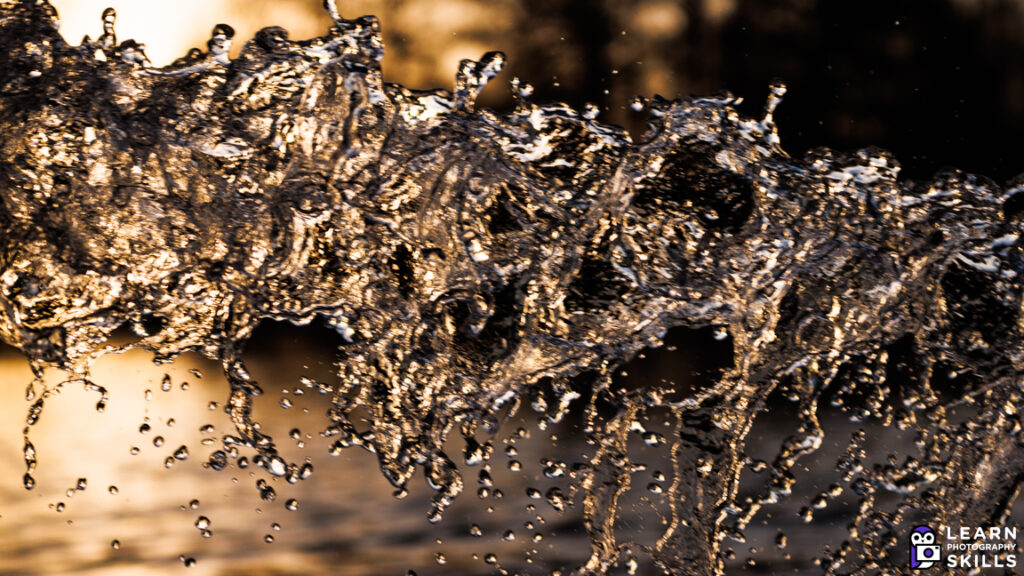
Capturing the interactions of light with water can also lead to interesting photos if you’re willing to work at it.
The last thing I’ll say about water is related to mirroring. When the water surface is very smooth it can become almost like a mirror which can make it appear as if the world has been mirrored. There may be ways to play around with this to create interesting shapes and visually mesmerizing images.
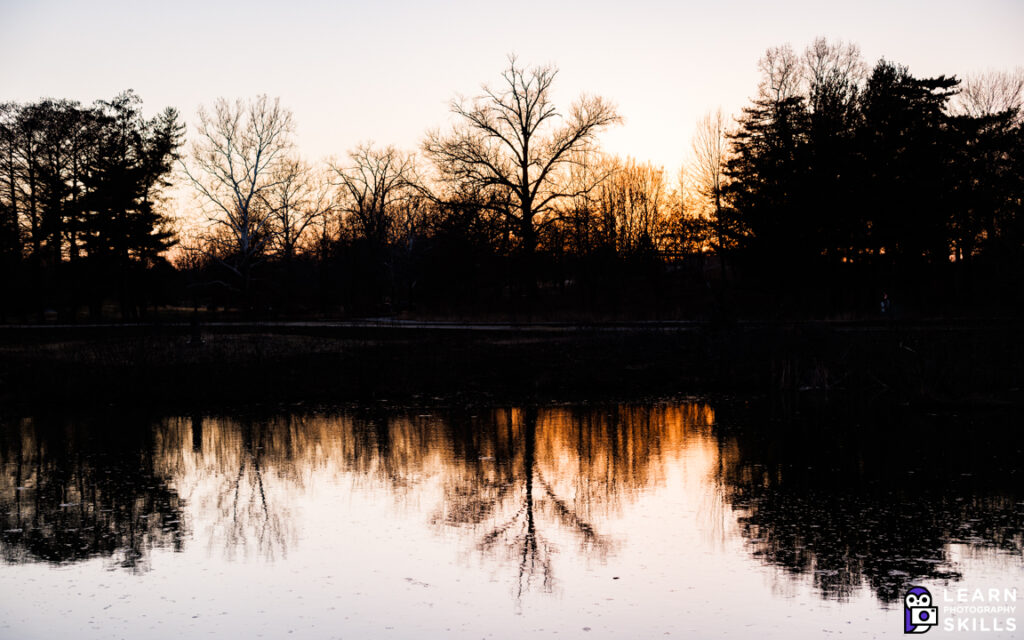
Does the image above make it hard to tell which way is up and which way is down? What can be done in camera to make this even harder to visually decode?
Water has many different effects and appearances in nature that can be used to create mind bending abstract effects.
